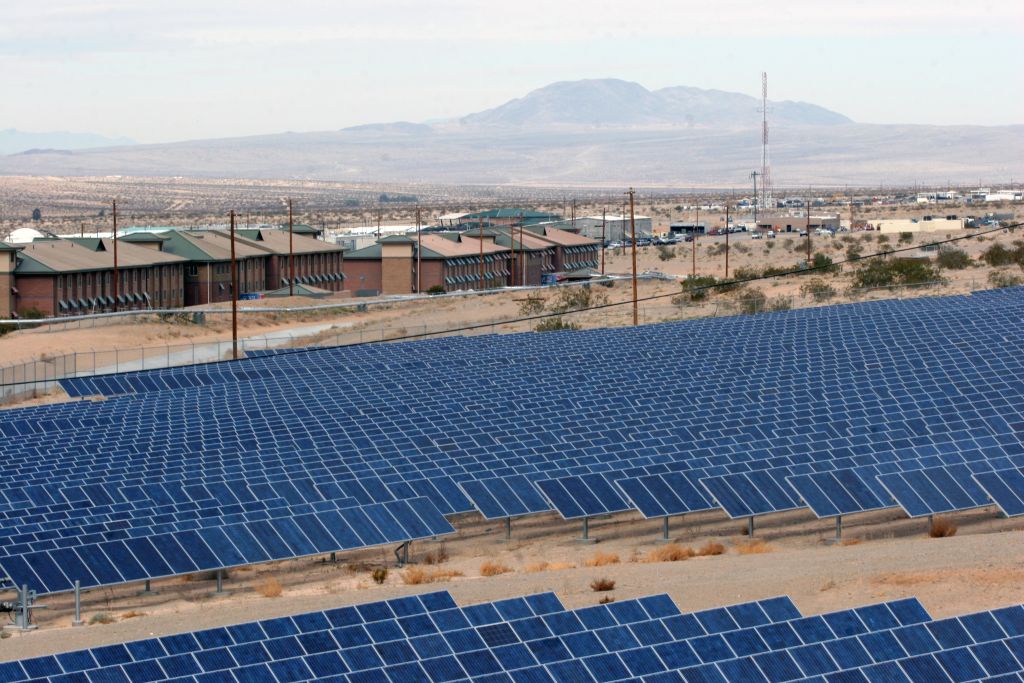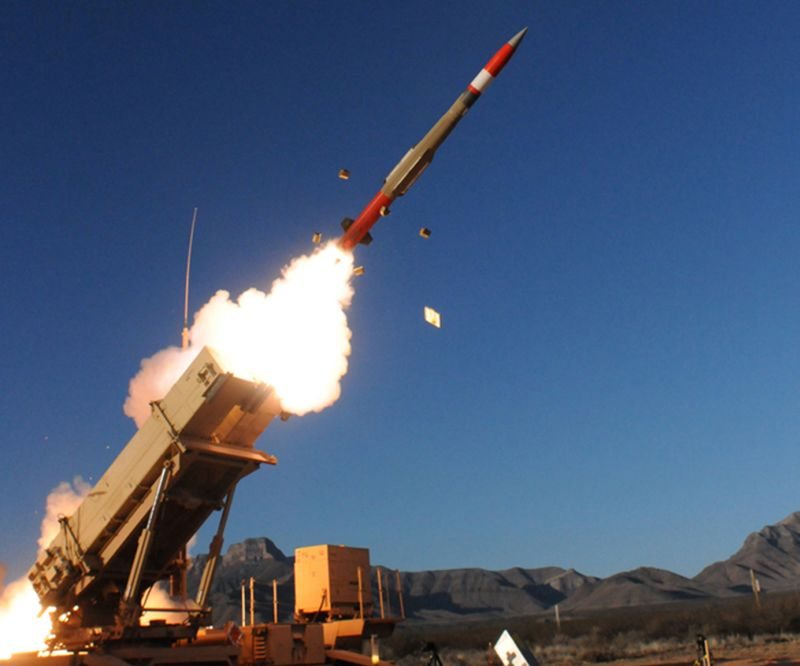The Army will partner with industry for up to $7 billion in renewable-energy sources — wind, solar, biomass and geothermal — and has released a draft request for proposal that could allow multiple projects to begin nationwide.
Speaking at a media roundtable March 15, Katherine Hammack, assistant secretary of the Army for Installations, Energy & Environment, said the cumulative investment will help the Army reach its goal of having 25 percent of the Army’s energy come from renewable sources by 2025. She began the roundtable by restating the Army’s “net-zero strategy.”
“Specifically, a net-zero energy installation produces as much energy annually as it uses, and this does not mean replacement of current energy requirements with onsite energy production,” she said. “It means that installations address energy efficiency as the primary first step and then evaluate, repurpose and reuse energy as well as energy recovery.”
Presently, the Army consumes 2.5 million megawatt hours annually.
In addition to energy conservation, installations will strive to establish alternative forms of energy that will allow them to “island” or continue to operate should the power grid fail.
“We understand there’s a need to enhance our energy security because it’s operationally necessary, financially prudent and critical to our mission,” Hammack said. “We know that power grids are increasingly vulnerable and expose Army operations to risk.”
She noted those risks include terrorist attacks as well as natural disasters such as drought and forest-fire conditions in the west (which some installations are already facing) and unstable weather to include tornadoes.
Hammack said the Army’s risk-mitigation strategy involves onsite renewable-energy production and it must be done in a fiscally responsible manner, which is where the Energy Initiatives Task Force, or EITF, comes into play.
The EITF serves as the central managing office to plan and execute large-scale renewable energy projects of greater than 10 megawatts (roughly enough to power 30,000 homes) on Army installations, which will be accomplished by leveraging private-sector financing.
“The EITF was tasked to develop a process that is clear, consistent and transparent so that we can provide the private sector with a consistent environment to engage with the Army which will allow EITF projects to maximize return on investments for both the Army and industry,” Hammack said.
EITF Executive Director John Lushetsky said that since the EITF began operating six months ago, it has developed standard approaches and criteria to evaluate different project opportunities to make the business of large-scale, renewable-energy development much more predictable and routine.
“We have screened more than 180 Army and National Guard installations and are currently engaged with 15 different installations at various levels of due diligence,” he said. “For each of these projects, the EITF reviews a number of critical project success factors that include installation security and mission impacts, expected life-cycle economics, real-estate access, utility regulations, systems integration, environmental permitting and acquisition approach.”
A renewable-energy project guide will be issued for comment later in the spring Lushetsky said.
The task force has been working closely with the U.S. Corps of Engineers to develop a request for proposal under what it calls the Multiple Award Order Contract, or MATOC. The MATOC provides a two-step process. In the first step, companies submit initial proposals and qualifications that are not project-specific.
“This will allow us to select who we think are broadly qualified companies to bid on solar, wind, biomass — waste to energy — as well as geothermal projects,” Hammack said. “Once we’ve established that qualified list, then we’ll be in a position as projects are qualified by the EITF to issue task orders.”
The draft RFP for the MATOC is out for public comment until March 24. Lushetsky said in the last six months the EITF has had requests to meet with some 195 companies and financial institutions, and met with 40 to outline the EITF approach and plans.
The EITF plans to have a summit in May to meet with industry and discuss the renewable- energy development guide as well as specific projects.
“Long term, the Army is also interested in exploring the role of micro grids and energy storage as those technologies become better defined and more affordable,” Lushetsky said.











